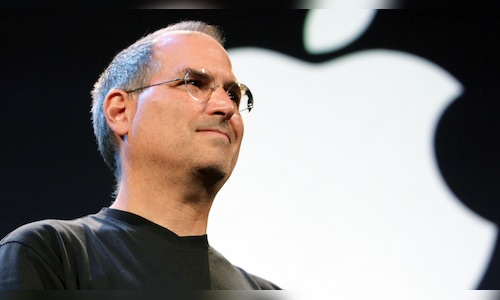
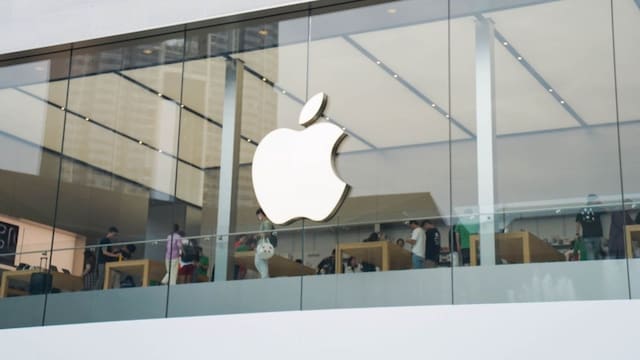
Today, 48 years since its incorporation, Apple Inc is the most valuable company in the world, with a market capitalisation of over $3.73 trillion. However, Apple wasn’t always the tech juggernaut it is today. From its inception in co-founder Steve Jobs’ garage, the company saw several ups and downs — mostly downs — in the first few decades of its existence before Jobs sparked a renaissance by introducing one revolutionary product after another, each of which changed the world of technology as we knew it at the time. Here are some of the key moments from Apple’s storied history.
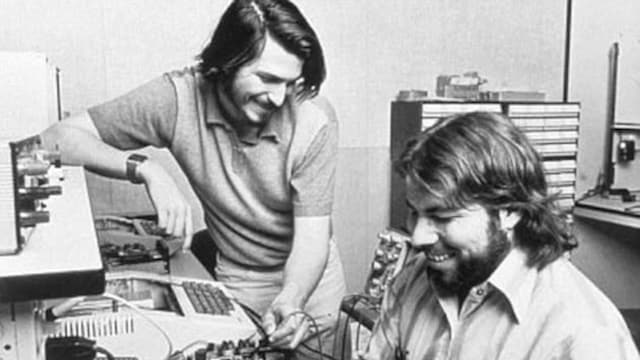
April 1, 1976 — Apple is Born | Steve Jobs was the creative, big-picture visionary, while Steve Wozniak was the brains behind Apple Computer Company, as it was then called. The duo made for a formidable combination, though the world had yet to see the transformative impact this team-up would have. Jobs and Wozniak started by providing DIY kits to hobbyists and tech enthusiasts who wanted to build their own computers. Their visions would later diverge, with Jobs pushing for a closed system with little-to-no user intervention on the hardware front and Wozniak staunchly opposed to the idea, standing firmly behind Apple’s original idea as a provider of computer parts. (Image: Apple)
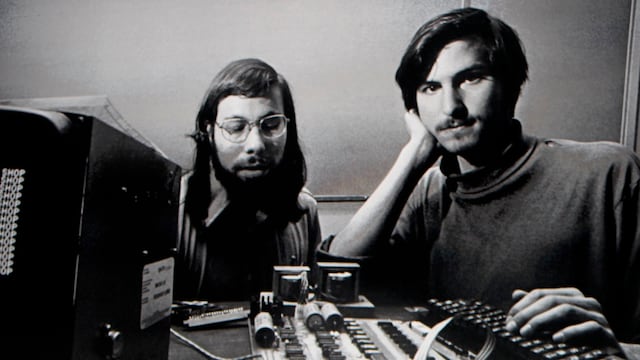
January 3, 1977 — Apple is Incorporated | Apple Computer Company officially became Apple Inc after it was incorporated in Cupertino, California. Co-founder Ronald Wayne had sold his share back to Jobs and Wozniak for $800 just 12 days after its founding. Multimillionaire Mike Markkula played a pivotal role, offering crucial business expertise and $250,000 in funding (equivalent to $1.3 million in 2024). In its first five years, Apple experienced exponential growth, with revenues doubling approximately every four months. Annual sales skyrocketed from $775,000 in September 1977 to $118 million by September 1980, reflecting an average annual growth rate of 533%. (Image: Reuters)
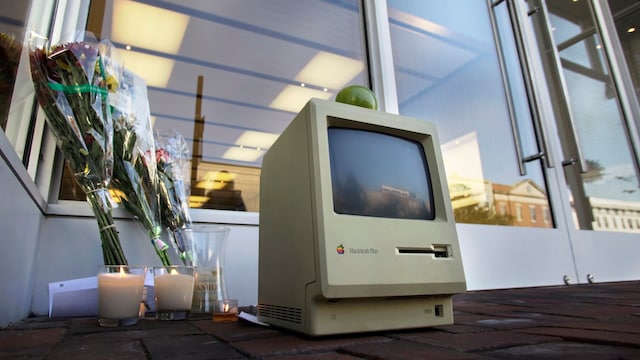
January 24, 1984 — Macintosh shakes up the World | Apple launched the original Macintosh, the world’s first personal computer with a graphical user interface (GUI). This was first conceived in December 1979, when Jobs and Apple employees like Jef Raskin visited Xerox PARC and observed the Xerox Alto, which featured a GUI. This visit inspired Jobs to incorporate GUI technology into Apple’s products, following a deal granting Apple access to PARC’s innovations and the option to purchase shares at a preferential rate. (Image: Reuters)
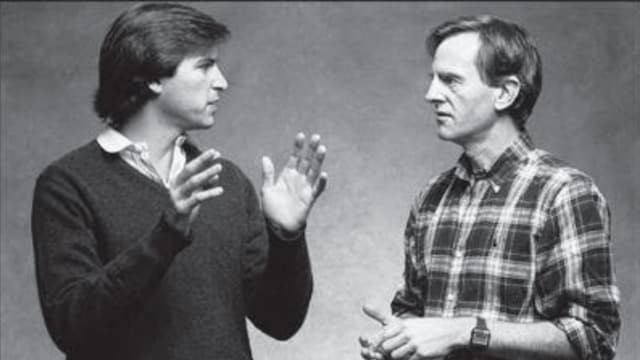
September 17, 1985 — Steve Jobs ousted from Apple | Following a protracted power struggle with Apple’s then-CEO John Sculley, Steve Jobs was left with no choice but to resign from the company after the board backed its chief executive. This marked a period of freefall for the company, which was marked by a lack of focus in its product lineup and high prices driving away consumers.
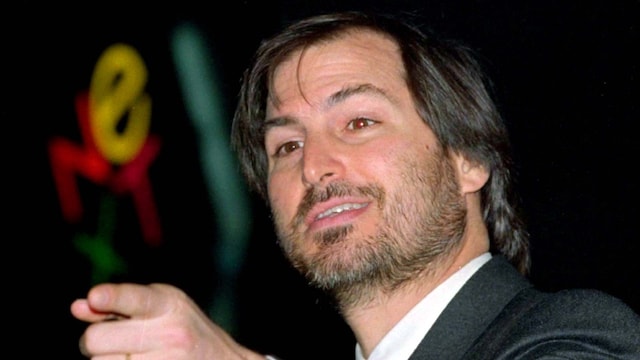
1996 — Steve Jobs returns to Apple | Apple was struggling and urgently needed a new operating system to survive. After failed talks to acquire Be Inc., Apple struck a deal with NeXT — a company Jobs founded after his exit from the company he co-founded — in December 1996 for $400 million, finalising it in February 1997 and bringing Jobs back to the company. Following the ousting of CEO Gil Amelio in July 1997, Jobs became the de facto leader and was officially named interim CEO on September 16. (Image: Reuters)
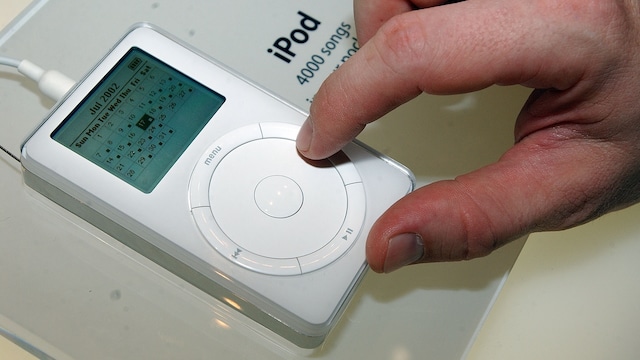
October 23, 2001 — iPod Makes its Debut | Portable MP3 players had been around since the mid-1990s, but Apple found them either “big and clunky” or “small and useless,” with poorly designed user interfaces. Existing models struggled to balance capacity and portability — flash memory players held too few songs, while hard drive models were bulky and heavy. To overcome these issues, Apple decided to create its own MP3 player. Enter the iPod, a device, to quote Jobs, which put “1,000 songs in your pocket” and changed the world of personal music players. (Image: Reuters)
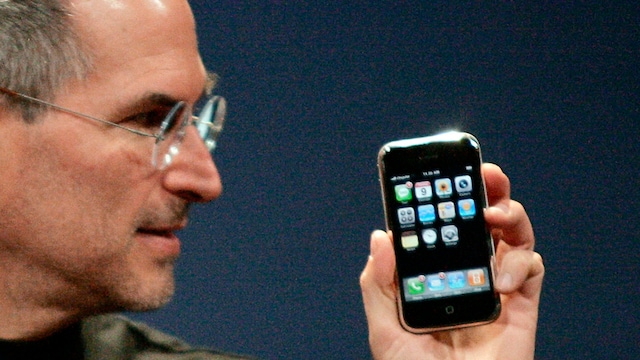
January 9, 2007 — iPhone shakes up the World | Jobs unveiled the original iPhone at the Macworld expo. Dubbed an “iPod mobile phone with a touch-screen” in the days leading up to its unveiling, the iPhone would forever shake up the way the world interacts with devices and had a profound impact on the then-nascent world of smartphones. (Image: Reuters)
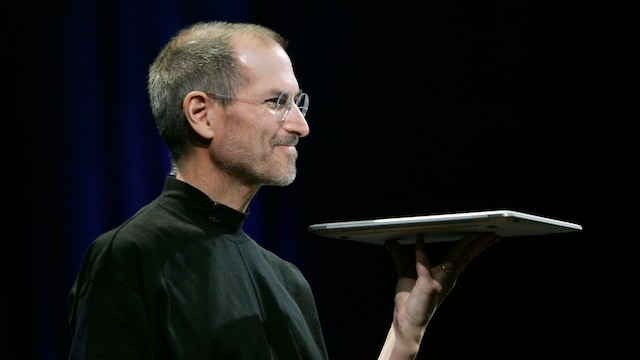
January 15, 2008 — Meet the MacBook Air | Jobs stunned the world by whipping out a laptop from an envelope. The computer, named MacBook Air, would forever transform how laptop computers were designed and marketed. Before the MacBook Air, laptops were bulky, clunky, non-portable, and often sported boring designs and unintuitive interfaces. The MacBook Air heralded a new era of ultra-portable computers, a trend going strong even today. (Image: Reuters)
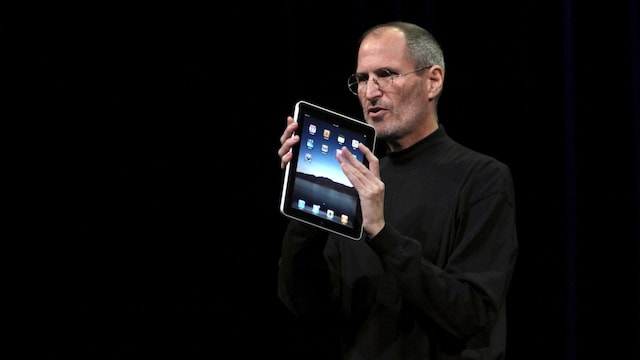
January 27, 2010 — Hello, iPad | A mere two years after the paradigm-shifting MacBook Air, Jobs followed up with the iPad, a tablet computer that was revolutionary for its time. It was seen as a scaled-up version of the iPhone and had a transformative impact by carving out a new segment in the personal computing market — tablets. (Image: Reuters)
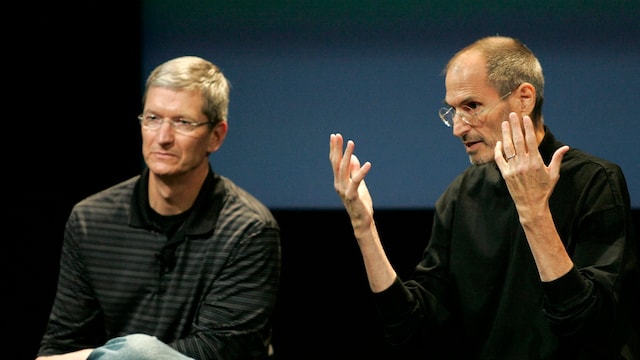
August 24, 2011 — An Ailing Steve Jobs Resigns as CEO | Jobs, who had been battling a rare type of pancreatic cancer since 2003, resigned as the company’s chief executive and named COO Tim Cook as his successor. Jobs would become chairman of the board. (Image: Reuters)
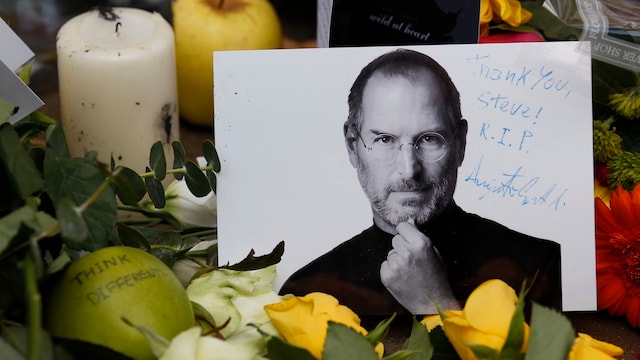
October 5, 2011 — Steve Jobs Dies of Cancer | Just six weeks after he stepped down as CEO, Jobs succumbed to cancer at his Palo Alto, California, home at 56. Tributes poured in from around the world, condoling the death of a visionary. This marked the end of an era at Apple. (Image: Reuters)
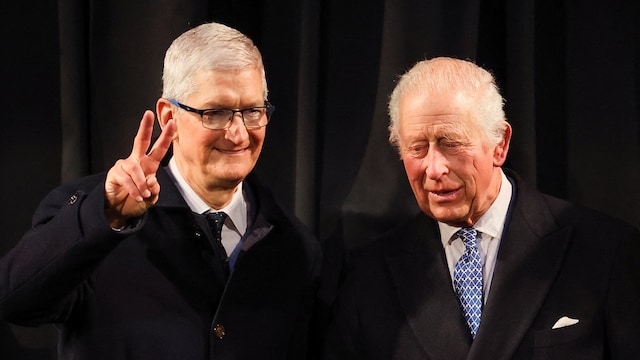
The post-Steve Jobs Era | Tim Cook — seen here with King Charles III in a December 12, 2024 photo — would steer Apple through its most profitable era yet, marked by significant milestones. Under Cook’s stewardship, Apple would go from strength to strength, becoming the first company in the world to hit a valuation of $1 trillion, $2 trillion, and $3 trillion. Cook, the longest-serving CEO of Apple, is expected to take Apple past the historic $4 trillion mark sometime in 2025. (Image: Reuters).



